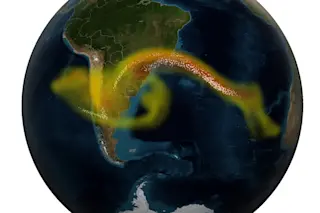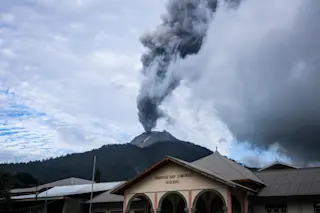Most people who live in the eastern United States likely don’t worry too much about earthquakes. Most of the shaking that goes on across the country happens on the West Coast, running up and down the San Andreas fault zone or in the Cascades of Oregon and Washington.
Occasionally, an earthquake will rattle Yellowstone or Oklahoma feels a temblor brought on by wastewater being pumped into the ground. But New York City? Boston? Charlotte? Washington D.C.? Other than the Virginia earthquake of 2011, most folks don’t even regard big earthquakes as an issue.
This is a tricky question to tackle because so many earthquakes tend to be in western North America. Trying to extrapolate how often earthquakes larger than magnitude 6 could occur typically involves examining the historical catalog.
For parts of eastern North America, that might get us back 400 years. However, it really isn’t until the last 100 ...














